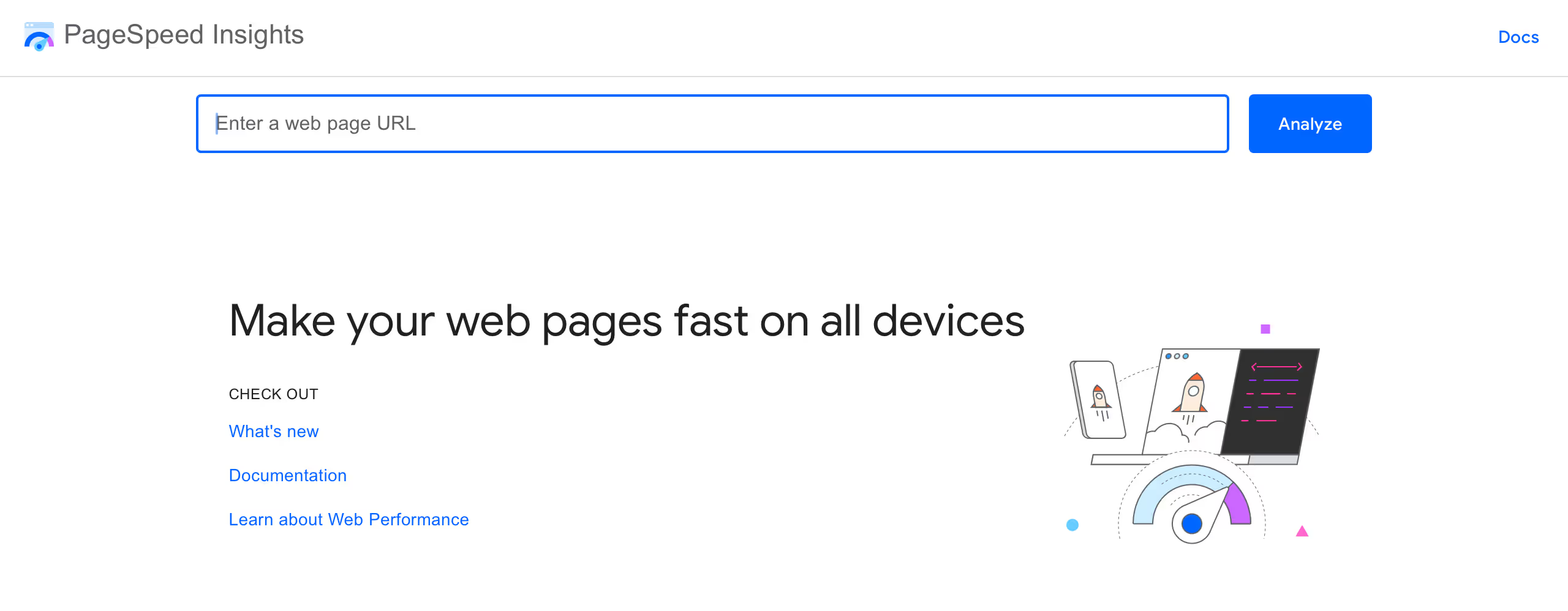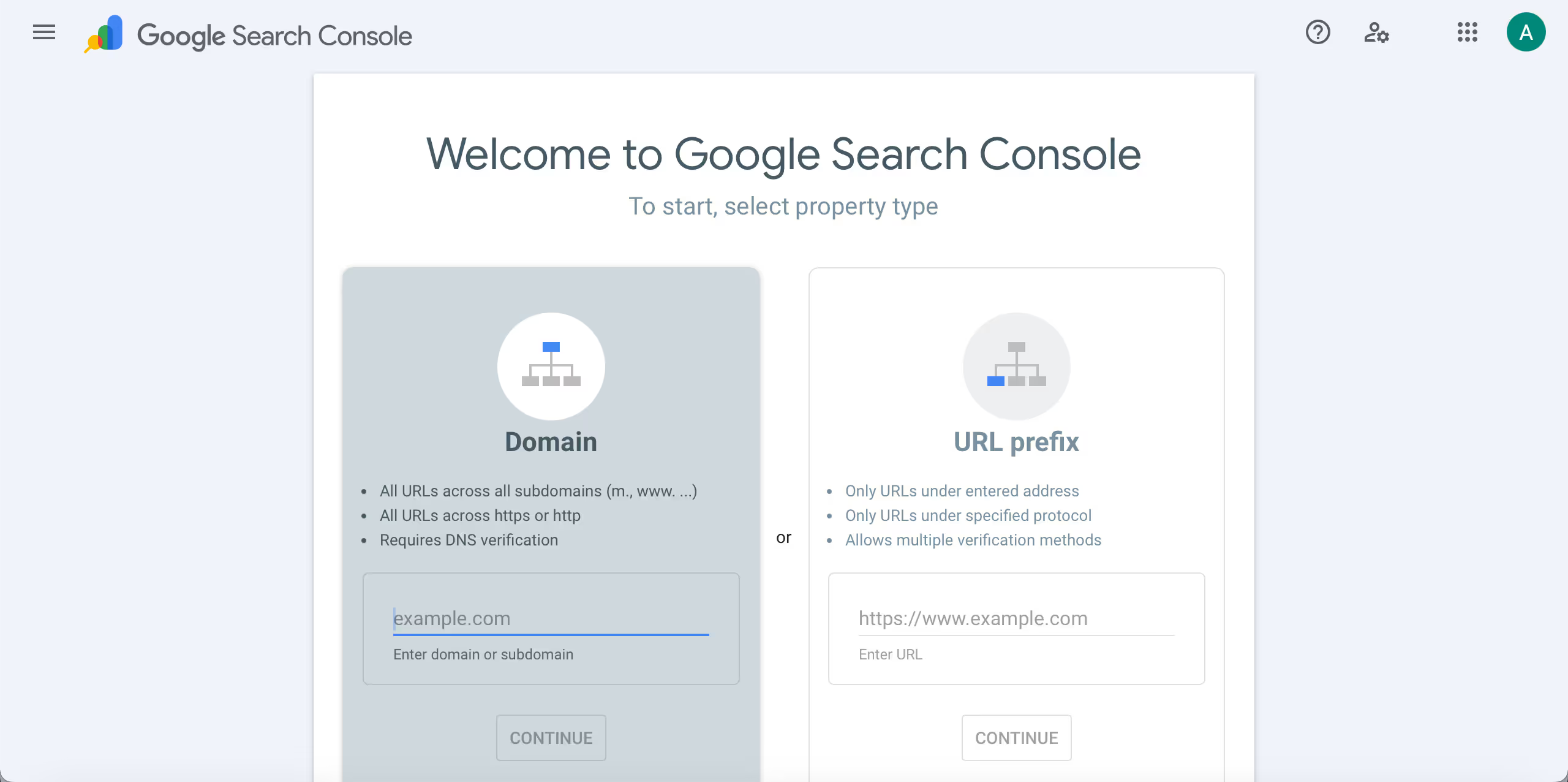In today's digital age, a website is not just an online presence for a business; it's its most powerful marketing tool, the first point of impression, and a virtual storefront. Your potential customers first meet you through your website. So, what should a professional website look like to make this critical first impression unforgettable and turn visitors into customers? The answer involves much more than just an aesthetic design. Success lies in the combination of strategy, technology, and user-centricity.
In this guide, we will examine step-by-step the fundamental elements that elevate a website from ordinary to professional. You will discover the strategies that will make your site loved by both search engines and users.
Strategic Planning and a Clear Purpose
A solid strategy is the foundation of every successful project. A professional website cannot be a random collection of pages. First, you must answer these questions:
- What is the primary purpose of the website? Is it to inform, generate leads, sell products directly, or create brand awareness?
- Who is your target audience? What are their demographics, needs, expectations, and online behaviors?
- How will your site reflect your brand's identity? The colors, language, and overall tone must be consistent with your brand message.
The answers to these questions create the roadmap that will shape your site's structure, content, and design. A clear purpose ensures that every page and every element serves that goal.
User-Focused Design and Superior Experience (UX/UI)
When a visitor enters your site, they should be able to find what they are looking for easily and have a pleasant experience while navigating. This is where user experience (UX) and user interface (UI) come into play.
- Intuitive Navigation: Menus should be clear, understandable, and have a logical flow. Users should be able to reach the information they seek in no more than three clicks.
- Visual Hierarchy: The most important elements on the page (headings, buttons, forms) should stand out visually. This directs users' attention to the desired actions.
- Readability: The font size, contrast, and paragraph structure should ensure that the content is easy to read without straining the eyes.
- Calls to Action (CTAs): Clear and prominent CTA buttons like "Learn More," "Apply Now," or "Buy Now" encourage users to take the next step.
Remember, a good user experience (UX) keeps visitors on your site longer and helps them develop a positive attitude toward your brand.
Technical Excellence and High Performance
Great design and content mean nothing on a slow and insecure infrastructure. The technical foundation of a professional site must be flawless.
- High Speed: Your website's loading speed is vital for both user experience and SEO. Studies show that sites that take longer than 3 seconds to load lose more than half of their visitors. Page speed is a significant ranking factor for Google.
You can easily test your website's speed with Google's free tool, PageSpeed Insights. This tool not only gives you a speed score but also shows you the issues causing slowness (e.g., unoptimized images, render-blocking JavaScript).

- Mobile Compatibility (Responsive Design): A large portion of internet traffic comes from mobile devices. Therefore, your site must look and function perfectly on all screen sizes, from desktop computers to tablets and smartphones. Responsive design is no longer an option; it's a necessity.
- Security (SSL Certificate): The lock icon (HTTPS) next to the site address in the browser indicates that your site is secure. An SSL certificate protects user data, builds trust, and is an important ranking signal for Google.
SEO (Search Engine Optimization) Compatible Infrastructure
Even the best website cannot achieve its purpose if potential customers can't find it. Search Engine Optimization (SEO) is the set of technical and strategic efforts that help your site rank high in search engines like Google. A professional site should be built with SEO in mind from the very beginning.
- Proper Title Tags and Meta Descriptions: Each page should have a unique title and description that summarizes its content and includes relevant keywords.
- Logical URL Structure: Short, descriptive URLs that include keywords are more understandable for both users and search engines.
- Quality Content: Your site should have original, valuable, and regularly updated content that answers your target audience's questions and solves their problems.
Setting up Google Search Console is a great first step to monitor your site's performance on Google. Here, you can see which keywords are driving traffic and identify potential technical errors.

Building an SEO-friendly website from the ground up is the most effective way to gain organic traffic in the long run.
Logical URL Structure: The Clarity of Your Digital Address
On a professional website, the URL structure plays a critical role for both user experience and search engine optimization (SEO). The URL is like a page's digital address; instead of consisting of complex and meaningless character strings (e.g., examplesite.com/index.php?id=87&cat=12), it should have a readable and logical structure that summarizes the page's content. For instance, a URL like examplesite.com/services/web-design-agency instantly tells the visitor which page they are on and gives valuable clues to search engines like Google about the page's topic. Including keywords in the URL, keeping it short and memorable, and using hyphens (-) to separate words are fundamental rules of a professional URL structure. This organized structure facilitates site navigation, helping users find what they are looking for more easily and reinforcing your brand's professional stance in the digital world.
Legal Compliance and Trust Building: Privacy and Cookie Policies
In today's digital world, professionalism is not just about aesthetic and technical excellence; it also encompasses fulfilling legal responsibilities and earning user trust. At this point, compliance with data protection laws like GDPR (General Data Protection Regulation) is an absolute must for a website.
A professional site must transparently declare how it processes, stores, and protects the data it collects from visitors (via contact forms, analytics tools, cookies, etc.). An easily accessible "Privacy Policy" page provides this transparency, while a "Cookie Policy" page and a cookie consent banner explaining which cookies are used and how users can control them are the cornerstones of legal compliance. The presence of these pages not only shows that your site respects the law but also conveys the message that you value your visitors' data, thereby increasing trust and loyalty to your brand.
Credibility and Easy Communication
Ensuring that visitors trust you and can easily contact you are key indicators of professionalism.
- About Us Page: A sincere "About Us" page that tells your company's story, mission, and team builds a connection between the brand and the visitor.
- Contact Information: Contact details such as a phone number, email address, and physical address should be easy to find. Contact forms should be simple and functional.
- Social Proof: Testimonials, case studies, and awards serve as references that prove your brand's credibility and expertise.
Professional Website Checklist
This checklist will help you quickly assess whether your website meets professional standards:
Strategy and Planning
- Clear Purpose: Is the site's primary goal (sales, information, lead generation, etc.) defined?
- Target Audience: Is it clear who the site is designed for and what their needs are?
Design and User Experience (UX/UI)
- Intuitive Navigation: Are the menus clear, logical, and do they follow the "3-click rule"?
- Mobile Compatibility (Responsive): Does the site look and work flawlessly on all devices (phone, tablet, desktop)?
- Readability: Are fonts, color contrasts, and text spacing easy on the eyes?
- Clear Calls to Action (CTAs): Are buttons like "Get a Quote" or "Buy Now" prominent and encouraging?
Technical Performance and SEO
- High Speed: Does the site load in under 3 seconds according to Google PageSpeed Insights?
- Security (SSL): Does the site's address start with https:// and show a lock icon in the browser?
- SEO-Friendly URLs: Are URLs short, descriptive, and do they contain keywords?
- Meta Tags: Does every page have a unique Meta Title and Meta Description?
- Image Optimization: Are the sizes of the images on the site optimized for the web?
Credibility and Legal Compliance
- Contact Information: Is information like phone, address, and email easily accessible?
- About Us Page: Is there a page that tells the company's story and mission?
- Social Proof: Are customer testimonials, references, or case studies displayed?
- GDPR Compliance: Are Privacy Policy and Cookie Policy pages present and easily accessible?
Conclusion
In conclusion, a professional website is a combination of a strategic plan, a user-focused approach, a solid technical infrastructure, and a trustworthy presence. Investing in these elements is one of the most important investments you can make for your brand's success in the digital world.










